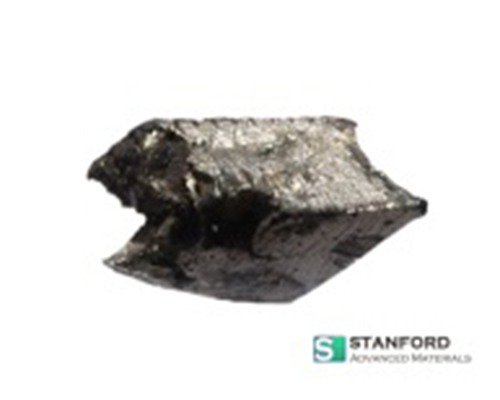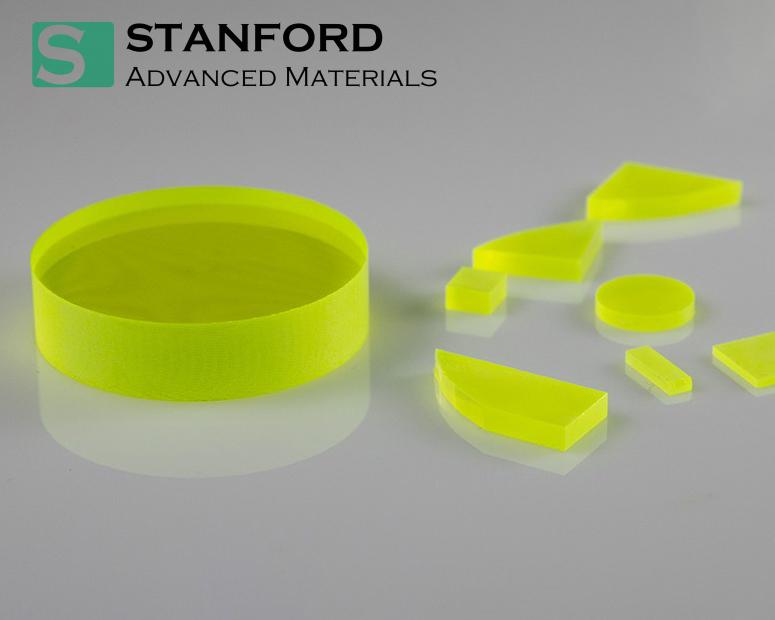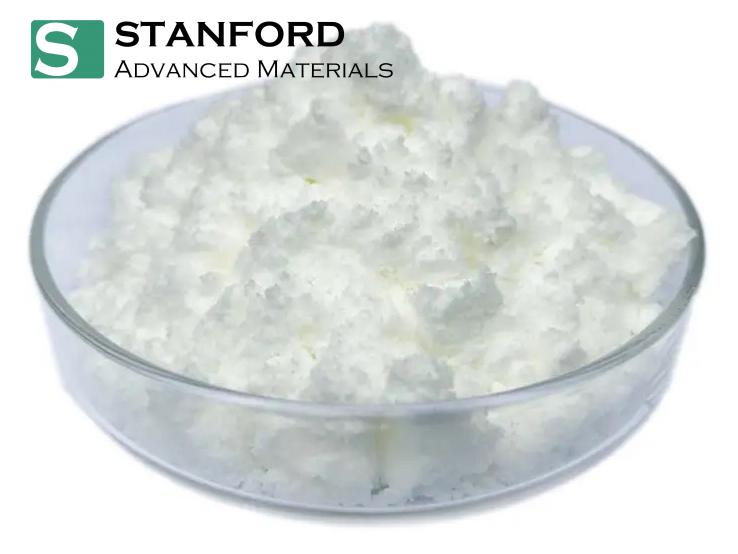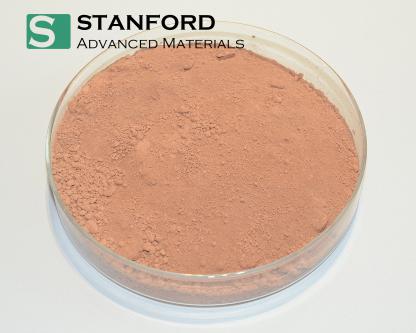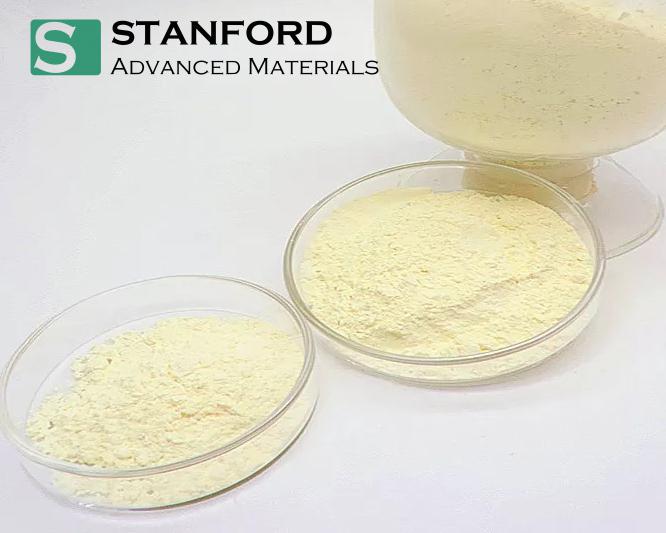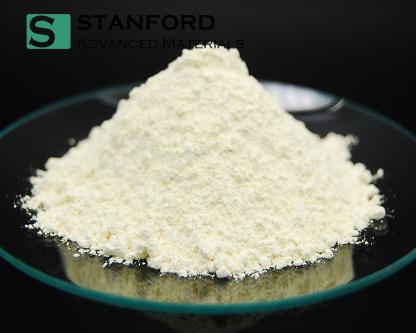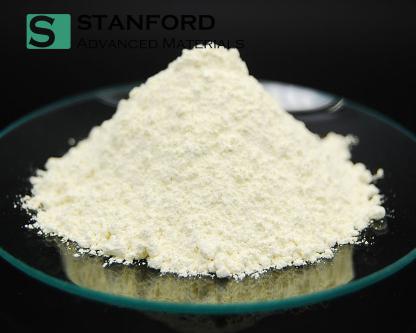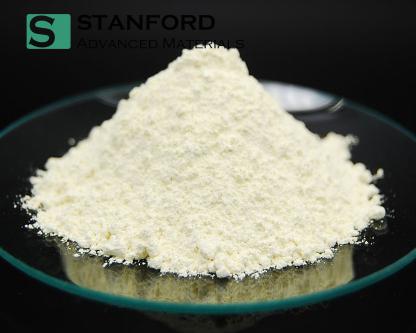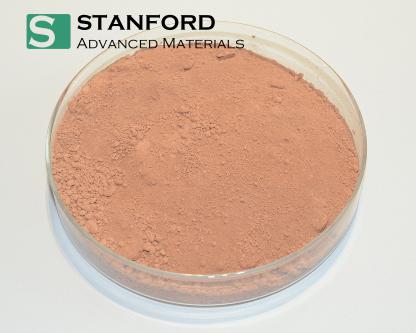- Catalog No.CE6681
- MaterialCeO2, Zr(Hf)O2, La2O3, Y2O3
- Compositions40CeO2-50Zr(Hf)O2-5La2O3-5Y2O3
- AppearanceLight yellow powder
| Parameter | Value |
|---|---|
| Materials | CeO₂, Zr(Hf)O₂, La₂O₃, Y₂O₃ |
| Composition | 40CeO₂-50Zr(Hf)O₂-5La₂O₃-5Y₂O₃ |
| Appearance | Light yellow powder |
| Surface Area (Fresh) (m²/g) | 70-90 |
| Surface Area (Aged, 1000°C/4h) (m²/g) | >50 |
| Surface Area (Aged, 1100°C/4h) (m²/g) | >25 |
| D₅₀ (μm) | 3-12 |
| Chemical Composition (%) | |
| CeO₂ | 40% |
| Zr(Hf)O₂ | 50% |
| La₂O₃ | 5% |
| Y₂O₃ | 5% |
Note: Product information is based on theoretical data. For specific requirements and detailed inquiries, please contact us.
Cerium-Zirconium-Lanthanum-Yttrium Catalyst (40CeO₂-50Zr(Hf)O₂-5La₂O₃-5Y₂O₃) from SMC is an advanced mixed oxide system tailored for stringent automotive and industrial emission control applications. This catalyst offers:
These attributes ensure the catalyst uniformly disperses active metal species, making it ideal for catalytic converters, hydrogen production, and air pollution control, ensuring performance stability and longevity in severe thermal environments.
Automotive Three-Way Catalytic Converters (TWCs):
Acts as an oxygen storage medium and support for noble metals like Pt, Pd, and Rh, effectively converting CO, NOₓ, and hydrocarbons into less harmful emissions during both lean and rich engine conditions.
Gasoline Particulate Filters (GPFs) and Diesel Oxidation Catalysts (DOCs):
Enhances soot combustion and exhaust purification in gasoline and diesel engines, maintaining high efficiency across variable temperatures.
Industrial Emissions Control:
Integrated into fixed-bed and monolithic systems to reduce VOCs, CO, and other hazardous gases in facilities such as power plants, refineries, and chemical factories.
Fuel Reforming Catalysts:
Serves as an active catalyst or support in hydrogen production via steam reforming and partial oxidation, benefiting from strong redox performance and thermal robustness.
Solid Oxide Fuel Cells (SOFCs):
Utilized as interlayers or supports due to their phase stability, compatibility with cell materials, and efficient oxygen ion conduction.
Oxygen and Gas Sensors:
Applied in sensors requiring fast and reversible oxygen exchange for accurate real-time gas monitoring.
SMC ensures secure and customized packaging tailored to the product dimensions:
Small Items:
Packed in durable PP (polypropylene) boxes.
Large Items:
Placed in custom wooden crates for optimal protection.
Packaging Options:
For special packaging requirements, please contact us.
Chemical Composition Analysis:
Utilizes GDMS or XRF to verify purity and composition.
Mechanical Properties Testing:
Assesses tensile strength, yield strength, and elongation.
Dimensional Inspection:
Ensures thickness, width, and length meet specified tolerances.
Surface Quality Inspection:
Detects defects like scratches, cracks, or inclusions through visual and ultrasonic methods.
Hardness Testing:
Confirms material hardness for uniformity and mechanical reliability.
For detailed testing procedures, refer to SMC's testing protocols.
Q1. What is this catalyst used for?
A: It is primarily utilized in automotive catalytic converters, gasoline particulate filters, industrial emission control systems, and fuel reforming applications requiring high thermal stability and oxygen storage capacity.
Q2. What advantages does it offer over traditional ceria-zirconia materials?
A: The addition of lanthanum and yttrium oxides enhances thermal resistance, increases surface area, and stabilizes the catalyst structure during redox cycling, making it more durable and efficient under harsh conditions.
Q3. How does it help reduce emissions?
A: It facilitates rapid oxygen release and uptake during lean-rich transitions, improving the conversion of CO, NOₓ, and hydrocarbons into harmless gases in three-way catalytic converters.
| Property/Catalyst | Ce-Zr-La-Y (40-50-5-5) | Ce-Zr-Y (45-50-5) | Ce-Zr-Al (50-45-5) | Ce-Zr-Pr (50-45-5) | Ce-Zr (Commercial Grade) |
|---|---|---|---|---|---|
| Composition (wt%) | CeO₂:40, ZrO₂/HfO₂:50, La₂O₃:5, Y₂O₃:5 | CeO₂:45, ZrO₂:50, Y₂O₃:5 | CeO₂:50, ZrO₂:45, Al₂O₃:5 | CeO₂:50, ZrO₂:45, Pr₆O₁₁:5 | CeO₂:50, ZrO₂:50 |
| Oxygen Storage Capacity (OSC, μmol O₂/g) | 600-750 | 450-550 | 300-400 | 550-700 | 200-350 |
| Thermal Stability (°C) | 1000-1100 | 900-1000 | 800-900 | 950-1050 | 800-950 |
| Light-off Temperature T₅₀ (°C) | 220-240 | 250-270 | 280-300 | 230-250 | 280-320 |
The Cerium-Zirconium-Lanthanum-Yttrium Catalyst (40CeO₂-50Zr(Hf)O₂-5La₂O₃-5Y₂O₃) is typically synthesized through a co-precipitation method involving the following steps:
Preparation of Aqueous Solutions:
Combine aqueous solutions of cerium nitrate, zirconium salts (e.g., zirconium chloride or nitrate), lanthanum nitrate, yttrium nitrate, and other rare earth precursors in precise stoichiometric ratios.
Addition of Precipitating Agent:
Introduce a precipitating agent like ammonium hydroxide or sodium carbonate under controlled pH conditions to form mixed metal hydroxides or carbonates.
Precipitation:
Allow the mixture to precipitate, forming a homogeneous gel or precipitate of mixed hydroxides/carbonates.
Aging:
Age the precipitate to enhance structural homogeneity and crystallinity.
Filtration and Washing:
Filter and thoroughly wash the aged precipitate to remove residual ions and impurities.
Drying:
Dry the washed precursor at moderate temperatures to eliminate moisture.
Calcination:
Calcine the dried precursor at high temperatures (500°C - 800°C) to obtain the final mixed oxide with the desired crystal structure and properties.
This synthesis process ensures a catalyst with high surface area, strong redox behavior, and excellent thermal stability, making it ideal for emission control technologies and other demanding catalytic environments.
